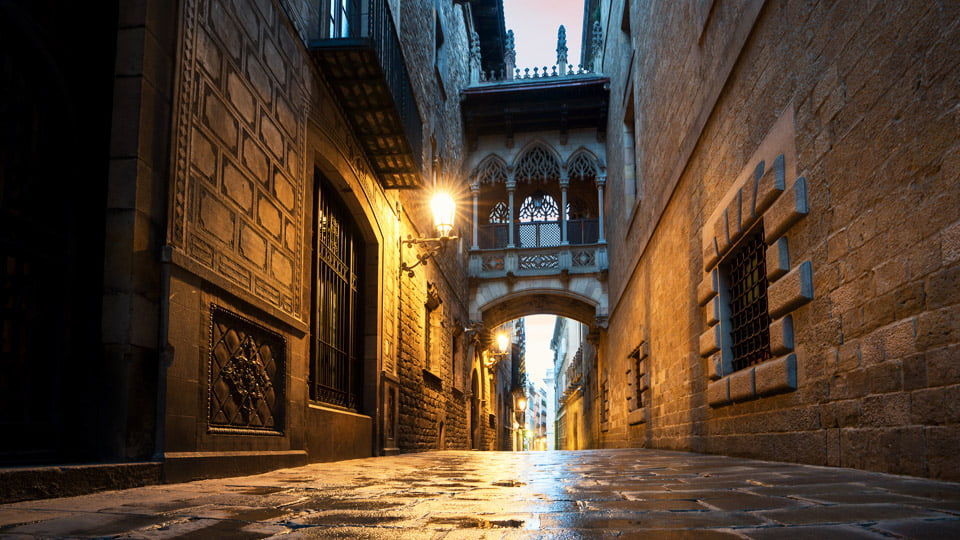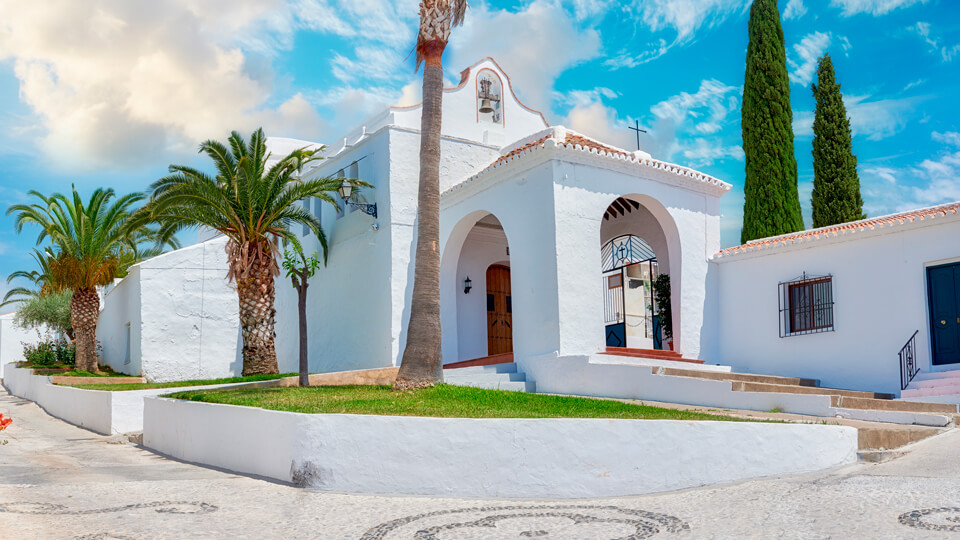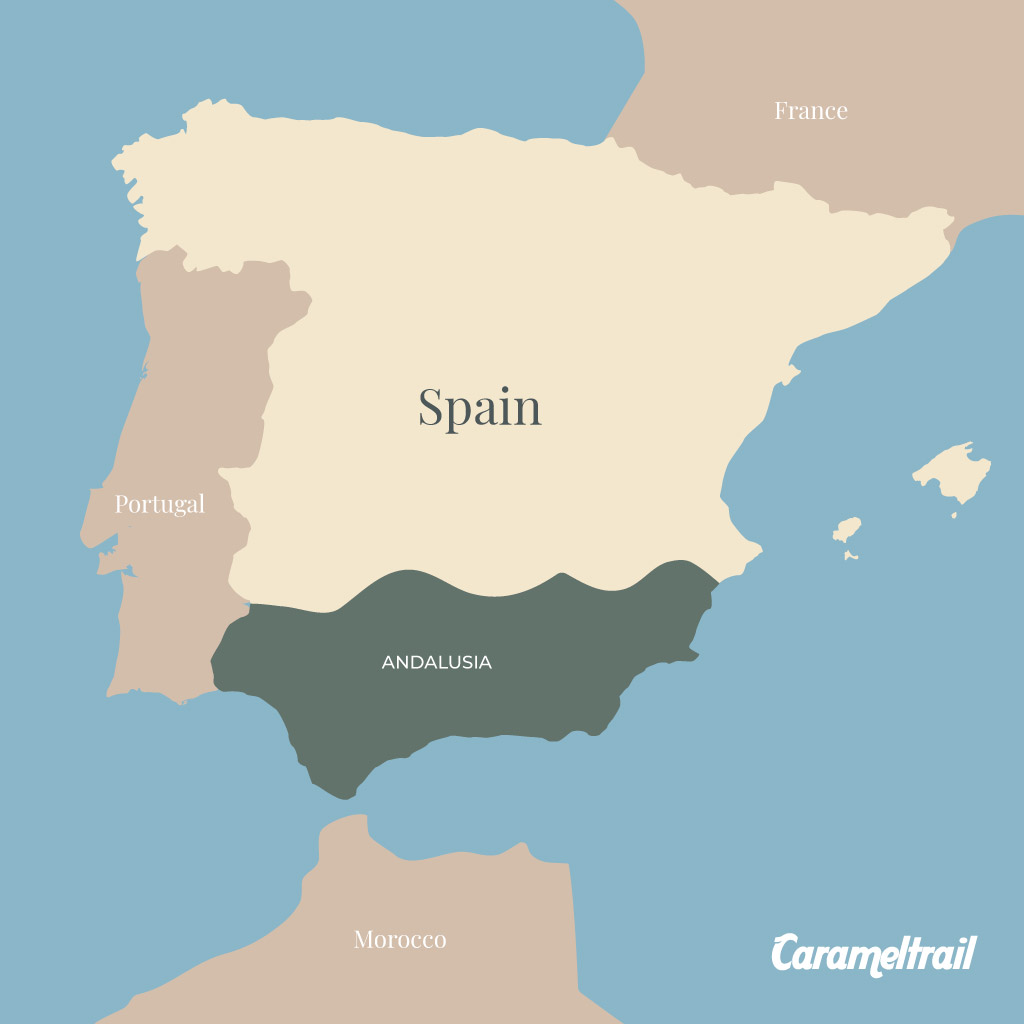
Tours in Cordoba: Historic Center & Great Mosque of Cordoba
One of the most amazing and beautiful cities of Andalusia is Cordoba. It stands on a sweep of the Rio Guadalquivir. This southern Spanish city was one of the greatest urban centers in the world, and its history is very rich. Explore its ancient sites and medieval charms with a private guide who is ready to take you on a private Cordoba tour.
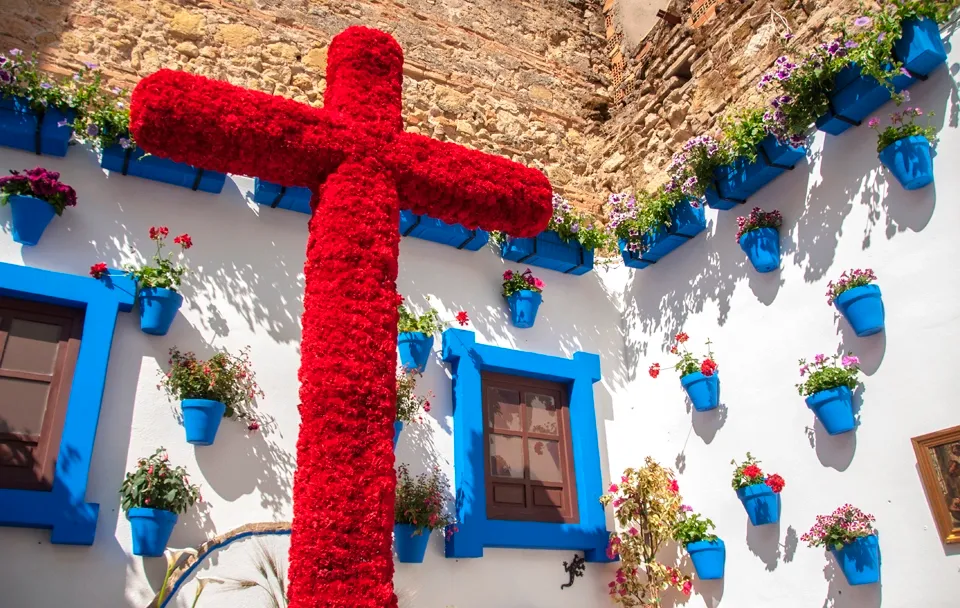
CHOOSE PREMIER TOURS IN CORDOBA, SPAIN
Córdoba city (also known as Cordova City or Ciudad de Cordoba) is the provincial capital of Cordoba in Spain. Having the Sierra Morena to the north and the hilly terrain of Miocene Campiña to the south, it provides excellent overlooking views from the city.
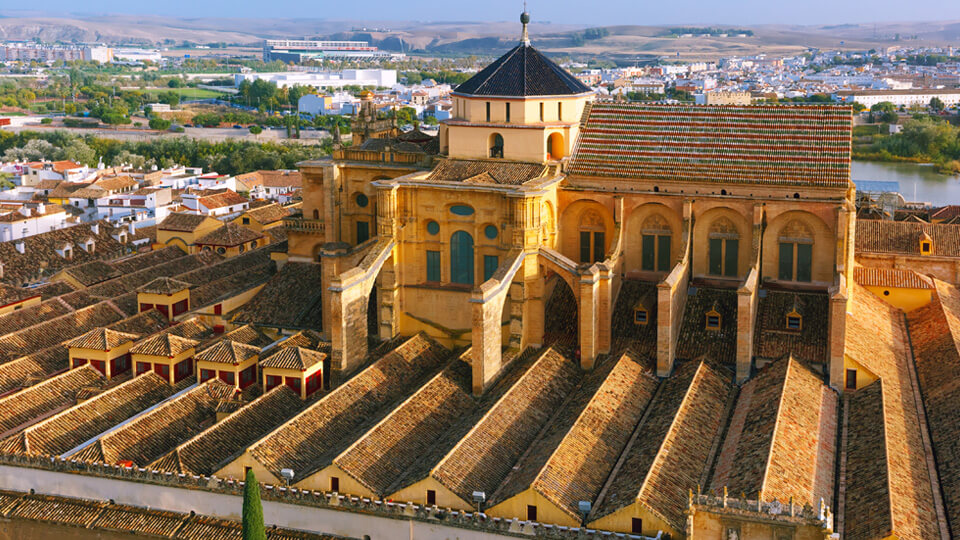
This incredible historic area is also the second largest Old Town in Europe. From the Carthaginians to the Romans and 10th century Arabs, Cordoba achieved world renown as a center of learning, governance and culture. Your guide will show you the incredible Mihrab Cordoba mosque and the great historic center of the city, along with the modern-day delights of Andalusian cuisine and Cordoba’s abundant flowering gardens.
VISIT THE HISTORIC CENTER OF CORDOBA
Cordoba’s period of greatest glory began in the 8th century after the Moorish conquest, when 300 mosques and many palaces and public buildings were built to rival the splendors of Constantinople, Damascus and Baghdad. In the 13th century, under Ferdinand III the Saint, Cordoba’s Great Mosque was turned into a cathedral and new defensive structures were built.
The oldest part of Cordoba has been declared a World Heritage site by the UNESCO in 1984
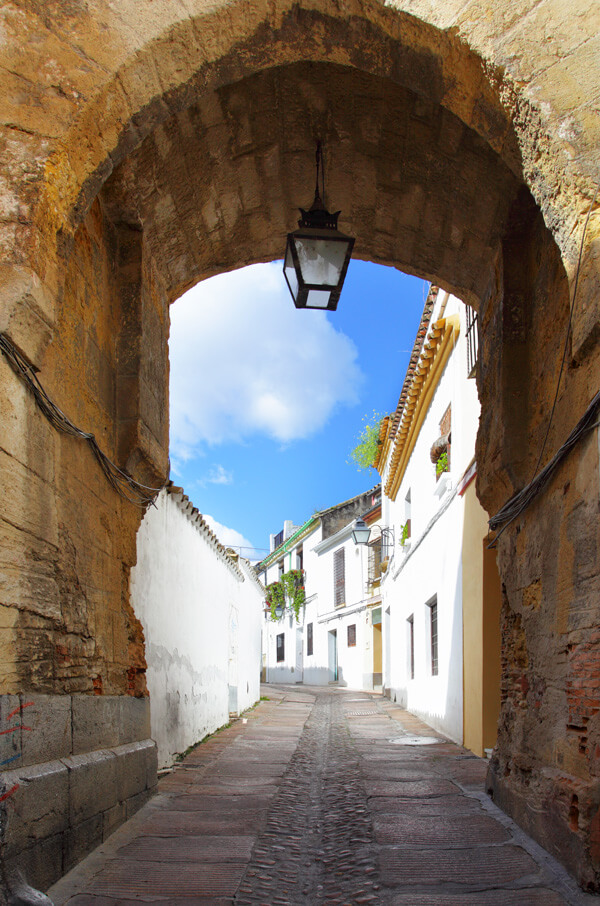
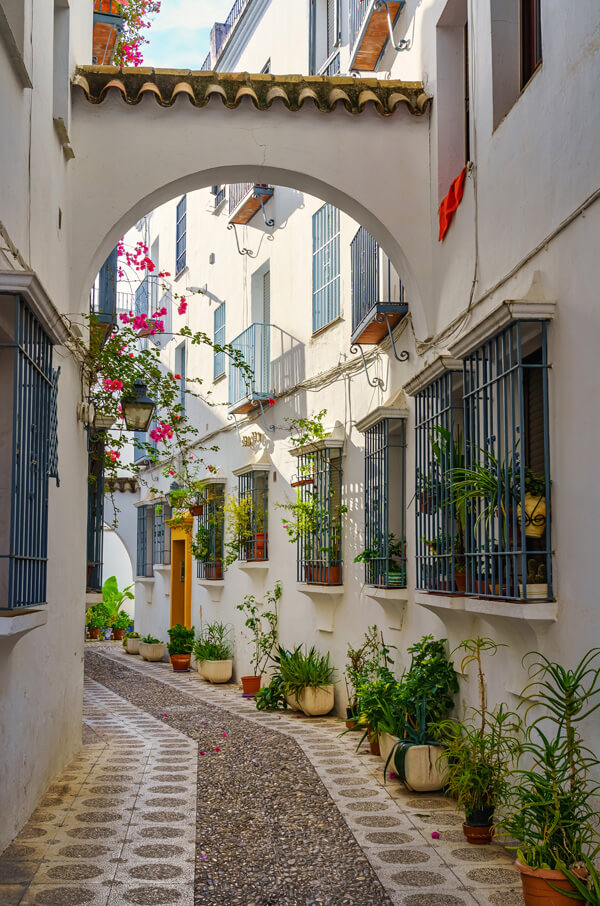
Much of the historic center of Cordoba was declared one of the UNESCO World Heritage Sites for its vast collection of some 300 historical structures from different eras.
There are many beautiful places to see around the historic quarter, like the Alcázar of the Christian kings (Alcázar de los reyes cristianos in Spanish) and its beautiful gardens, the narrow streets in the Jewish quarter, church of San Lorenzo los reyes catolicos, Vianna Palace, the convent of La Merced, the Roman bridge and temple. On the way you’ll also come across several charming spots such as the Calleja de las Flores alley or the Plaza de la Corredera square.

THE GREAT MOSQUE OF CORDOBA
Known locally as Mezquita-Catedral, the Great Mosque of Córdoba is one of the oldest structures still standing from the time Muslims ruled Al-Andalus (Muslim Iberia including most of Spain, Portugal, and a small section of Southern France) in the late 8th century.
You may be wondering when was the great mosque of Cordoba built. Here comes the answer: The original structure was built in 784–786 with extensions in the 9th and 10th centuries that doubled its size, making it one of the largest sacred buildings in the Islamic world.
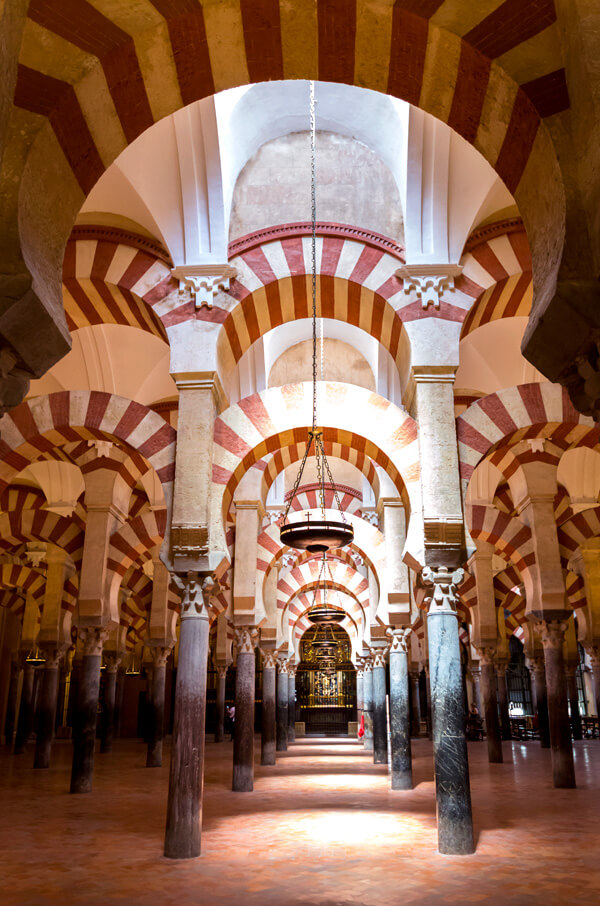
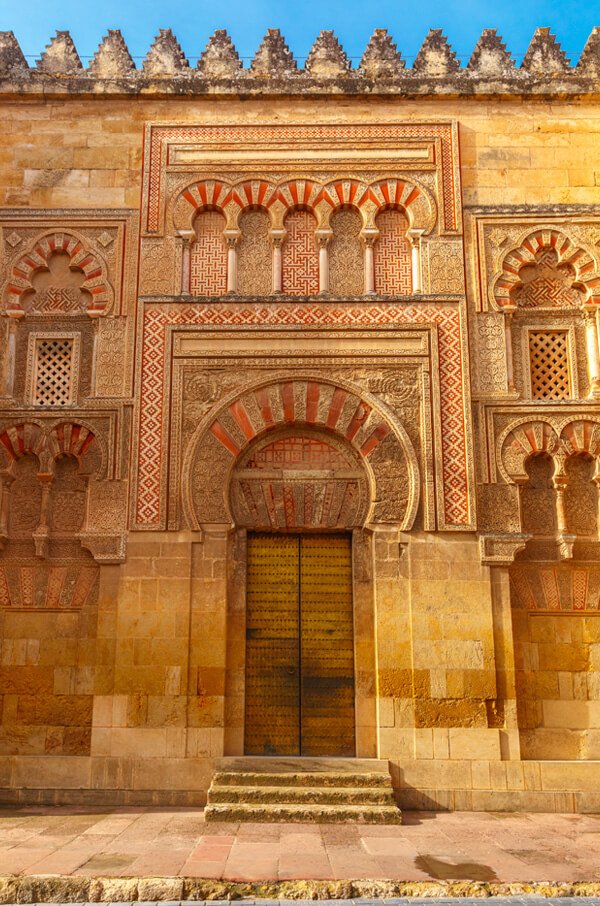
The Mosque of Cordoba has two different areas: the patio/portico where the minaret is (under the Renaissance tower), which was Abd al-Rahman III’s only invention, and the prayer room/haram.
The inside of the Corboba Mosque kept its first Islamic influence, inspired by the Mosque of Damascus and it combines Roman Hispanic art, overlapping arches alternating with red bricks and stones, and materials used by artists with beautiful Byzantine mosaics.
Unlike any other monument in the world, you can find a peculiar detail in every area of the mosque-cathedral from Cordoba with each door named. Due to the various cultures that have shaped it over the centuries from the Middle Ages to today, it is definitely a unique and special place.

DON´T MISS PATIO DE LOS NARANJOS (THE ORANGE TREE COURTYARD)
The Patio de los Naranjos could be considered Europe’s oldest “living” garden, given that it was established alongside the initial works on the Great Mosque, under Abd al-Rahman I in 784. It is an enclosed area divided into three parts, each one with a beautiful Renaissance-style fountain in the center. It originally contained plants such as pomegranate, cypress and palm trees.
Today it has 98 orange trees planted in rows that date back at least to the end of the 18th century.

ADMIRE “LOS PATIOS” AND COURTYARDS
Anyone who has been to Cordoba can testify how charming the patios and courtyards in the city are. Aside from the locals’ display of flowers in their terraces, the city boasts refreshing grand displays in places like the Palacio de Vianna.
The Vianna is a complex vast building that served as a Spanish royal resident in the 15th century.
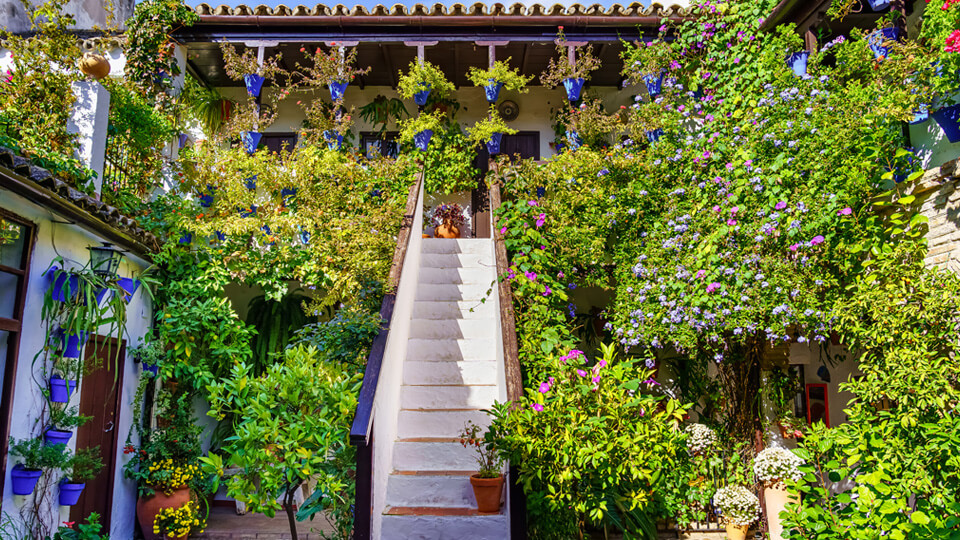
Now, aside from a palace museum, it displays an abundant array of colorful flowers and trees in 12 patios styles that visitors can explore. These patios and courtyards may help in balancing the heat from Cordoba’s hot summer temperature.
VISIT THE SPECTACULAR ROMAN TEMPLE FROM CORDOBA
Next to the Town Hall of Cordoba stands the only Roman temple in Cordoba for which there is archaeological evidence. It was dedicated to the cult of the emperor, and along with the Circus Maximus, formed part of the Provincial Forum.
It originally stood on a raised podium and had six free-standing Corinthian columns in the entrance. In front of this was the ara or altar. The present reconstruction has brough in Cordoba another reminder of the splendor of the city in Roman times.
Some of the original pieces from the museum are on display in the Archaeological Museum or in unusual but attractive places around the city, like the fluted column lying in Plaza de la Doblas.
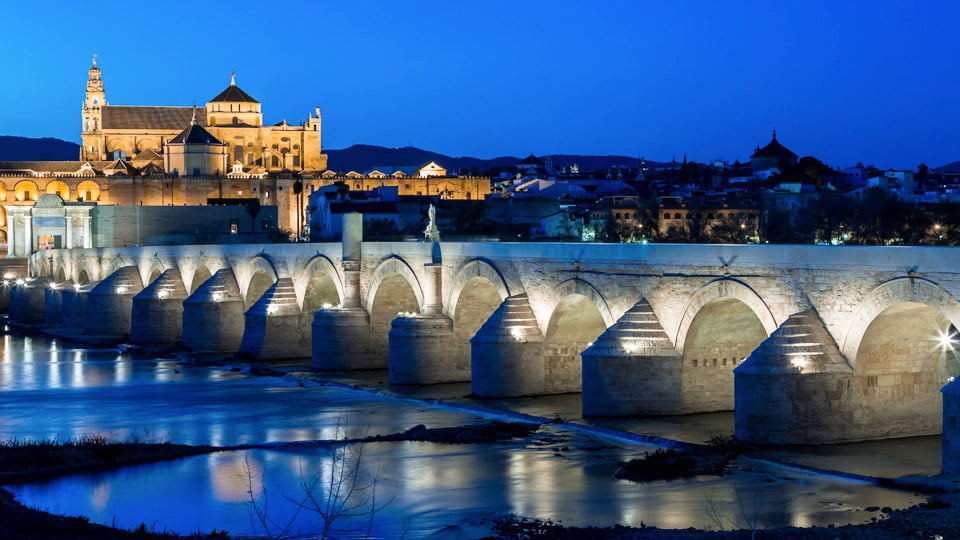
A GLANCE AT THE CRUEL SIDE OF HISTORY: THE TORTURE MUSEUM IN CORDOBA
In the heart of the historic center of Cordoba, in the Jewish Quarter, you can find the ideal place to travel back in time to some of the most gruesome periods of the history. This private collection spans the 13th to the mid-19th century and features a wide variety of complex torture machines and processes, in which you can almost feel in your bones each of the methods of torture used by the criminal courts of the time.
We are talking about 700 years of history in which these barbaric penalties were imposed for petty crimes, differences of belief or other equally unreasonable causes which defy explanation.
The purpose in the five rooms is to raise awareness and demonstrate the cruel excesses committed through these inhuman means of torture and humiliation. This way, we can make a telling comparison between the total deprivation of human rights which existed then and the freedom which we fortunately enjoy today.

CÓRDOBA: A CITY YOU ABSOLUTELY HAVE TO VISIT
Coexistence of cultures
Cordoba reflects its Roman past and the coexistence of Christian, Islamic and Jewish cultures throughout its history. But the charms of this city are not limited to its major monuments. So, take a walk to discover a tangle of narrow streets, squares, fountains and courtyards decorated with flowers.
One of the Spanish cities with the most tourist attractions
Cordoba is one of the unique Spain tourist attractions that you have to see! A city so full of history, architecture and monuments built to last should be on your itinerary when you visit Andalusia. Besides, the atmosphere is relaxed and around every corner, you can find good, authentic Spanish food.


